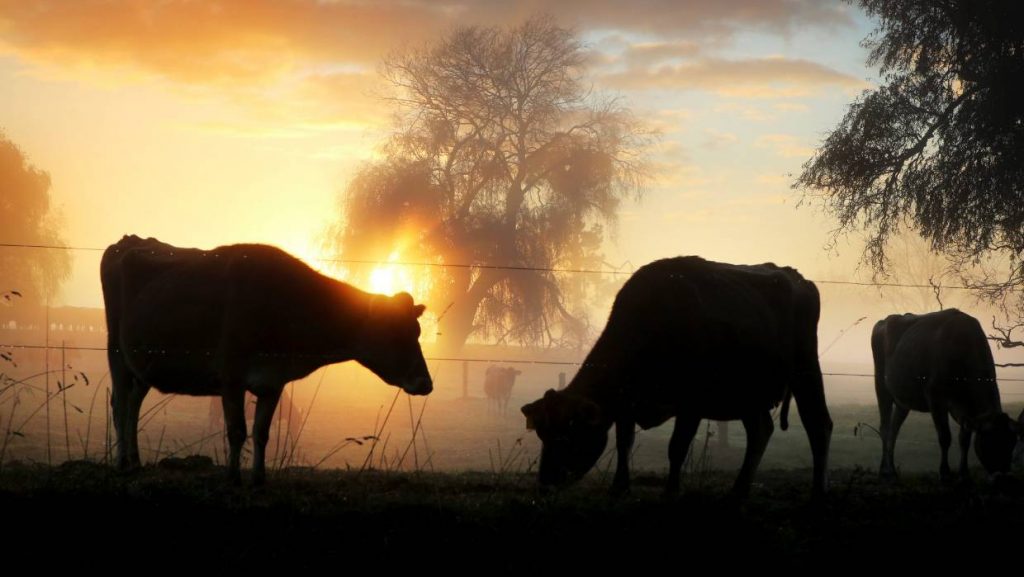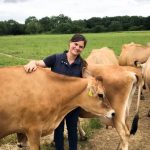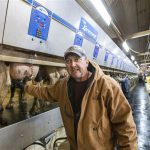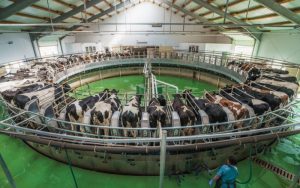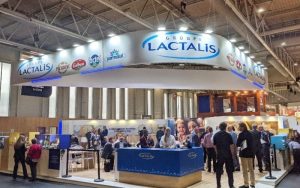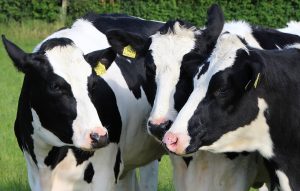
This has allowed the sector to have more control over how it prepares for and starts the process of managing emissions.
In October, the Government announced that agriculture would not be entering the emissions trading scheme (ETS). Instead they accepted an industry proposal – He waka eke noa – to build an enduring farm-level emission reduction framework. Read more in the media release here.
What is He waka eke noa?
He waka eke noa is a partnership between Government and 11 primary sector organisations – including DairyNZ, Beef+Lamb NZ, Federated Farmers and the Dairy Companies Association (DCANZ) – who will work together to build an enduring farm-level emission reduction framework.
The document outlines our collective commitment in response to the challenges posed by climate change and will allow us to have greater control than if we were included in the ETS.
Are farmers entering the ETS?
No. Farmers will not be entering the ETS.
Instead, Government will work with DairyNZ and other sector partners to develop cost-effective ways to measure emissions at the farm level by 2025.
He waka eke noa was proposed specifically to avoid entry into the ETS for farmers, although the Government reserves the right to bring us in to the ETS if we fail to deliver on our commitments.
The Government will check progress in 2022 to ensure enough progress is being made.
What has been committed to?
The agricultural sector has committed to:
Delivering a system for estimating and benchmarking farm level greenhouse gas emissions. Many milk supply companies are already on the way to implementing this.
Rolling out integrated Farm Environment Plans, covering emissions reductions, offsets and adaptation, to all farmers by 2025. These will build on (NOT duplicate) the plans currently proposed under the Essential Freshwater process.
Building climate change mitigation knowledge and practice amongst farmers
Increased support for investment in research, development and commercialisation to expand the tools and technologies available for emission reductions
Encouraging innovation and early adoption of tools and practices
Engaging with the 1 billion trees programme consistent with the ‘right tree in the right place’ approach.
Delivering region-and sector-specific adaptation guidance that can be incorporated into Farm Environment Plans
Working with government to develop appropriate pricing mechanisms.
Demonstrating leadership globally to encourage momentum on agricultural emissions reduction and meet the expectations of our markets.
Will farmers need to pay anything extra?
No. Our intention is that this work will be funded out of existing levy money.
Will there be extra funding from Government?
Yes. The Government committed funding in Budget 2019 for a Productive and Sustainable Land Use package to help with things like improving the accuracy of Overseer.
How does this tie into all the other environment announcements – do I need multiple farm plans?
You will not need multiple farm plans. The integrated Farm Environment Plans mentioned in He waka eke noa will build on the plans currently proposed under the Essential Freshwater process to avoid duplication.
